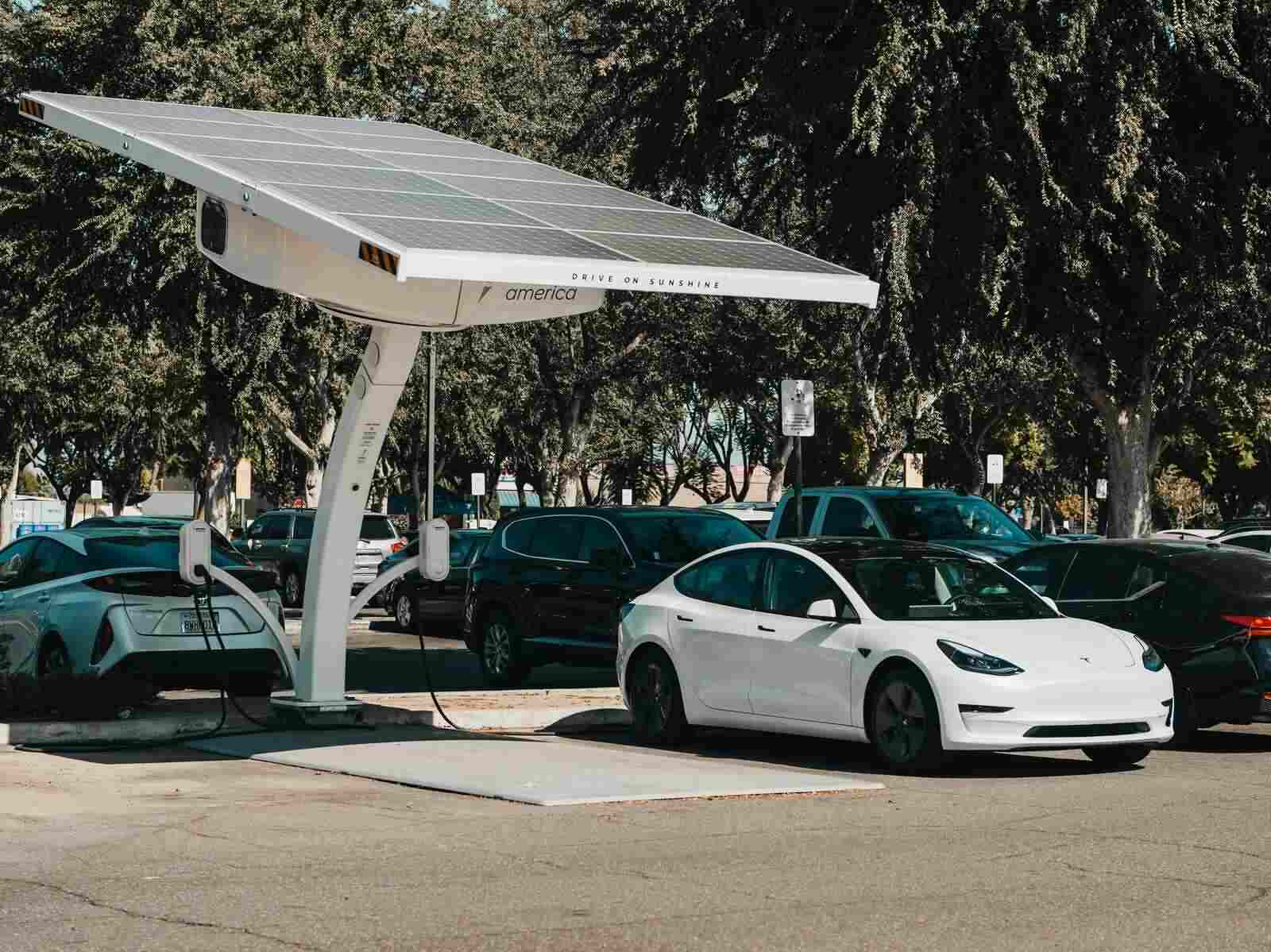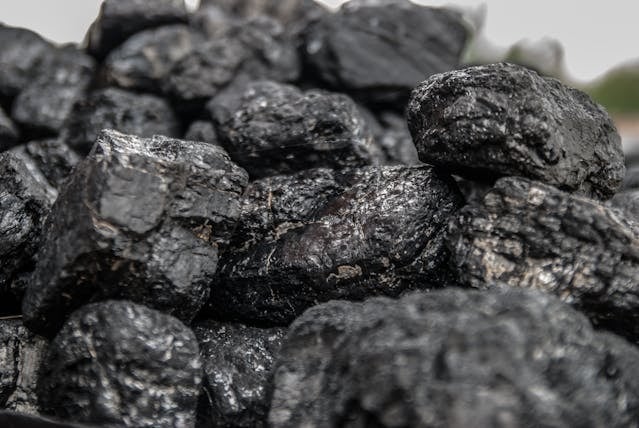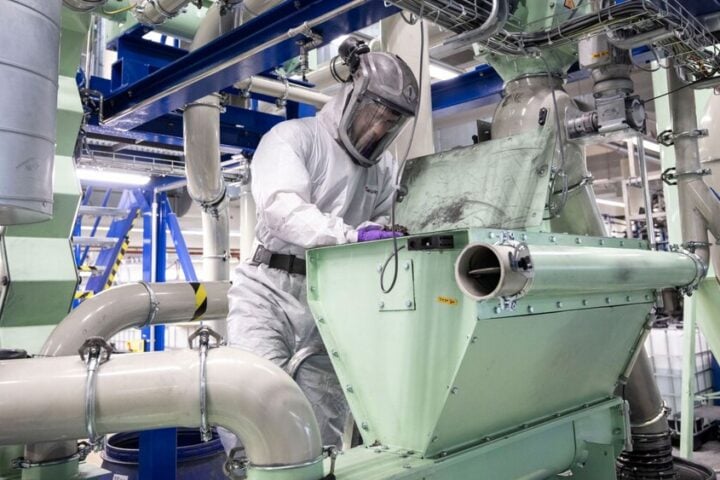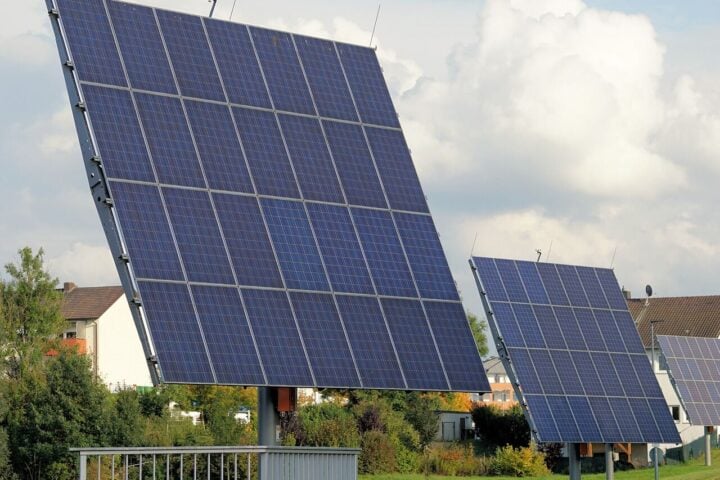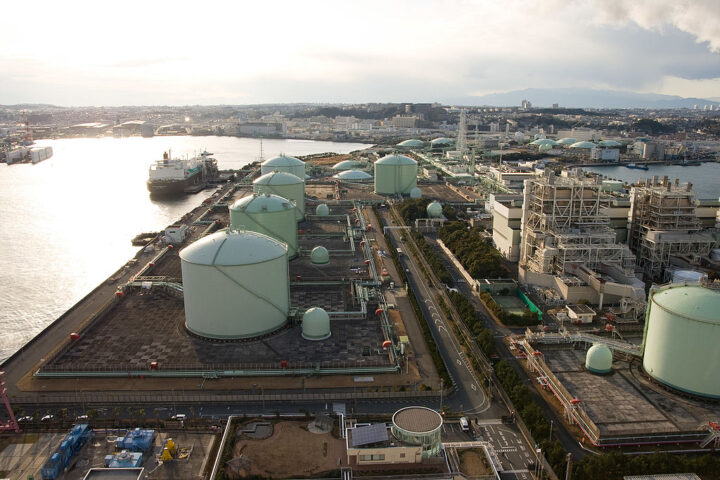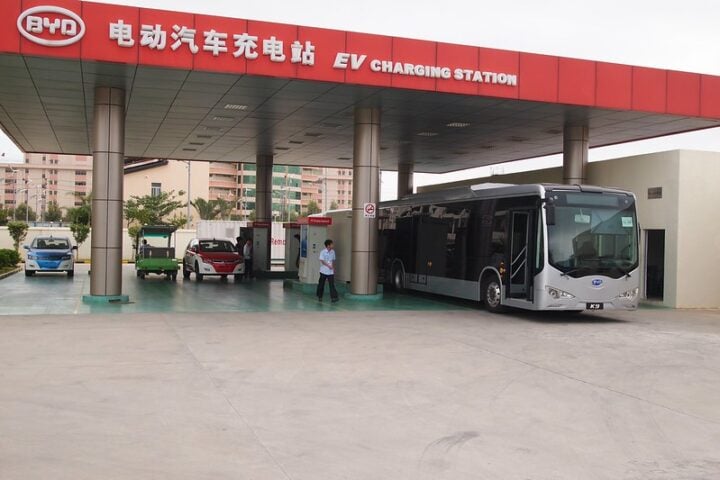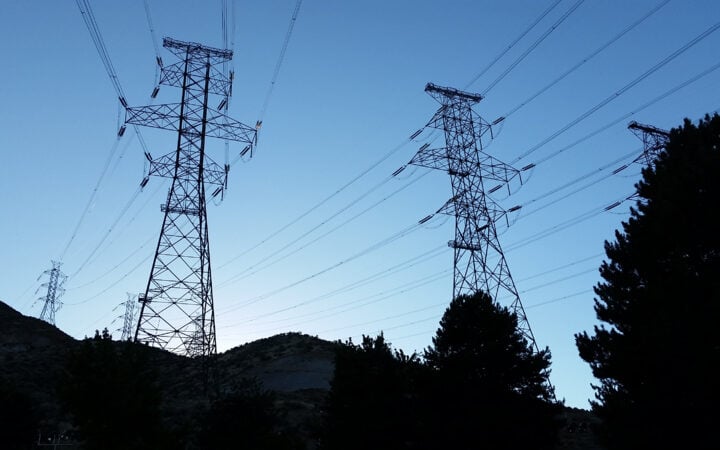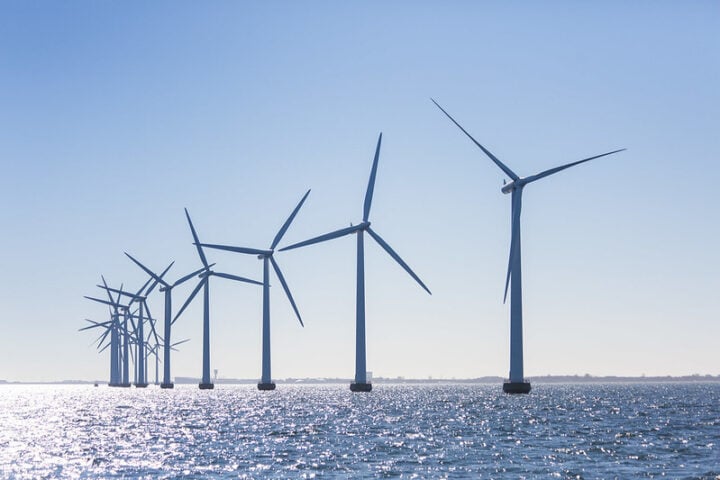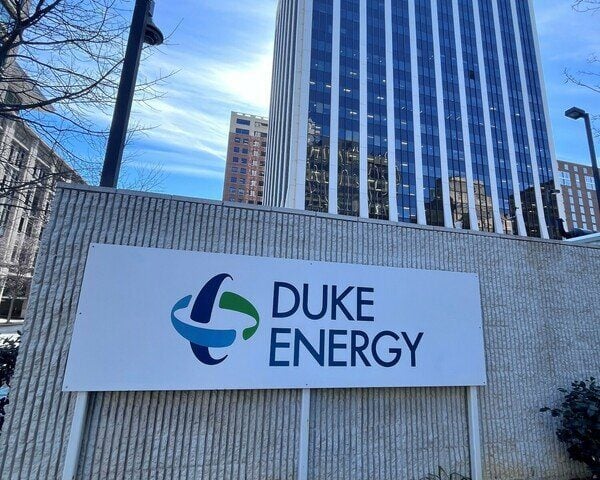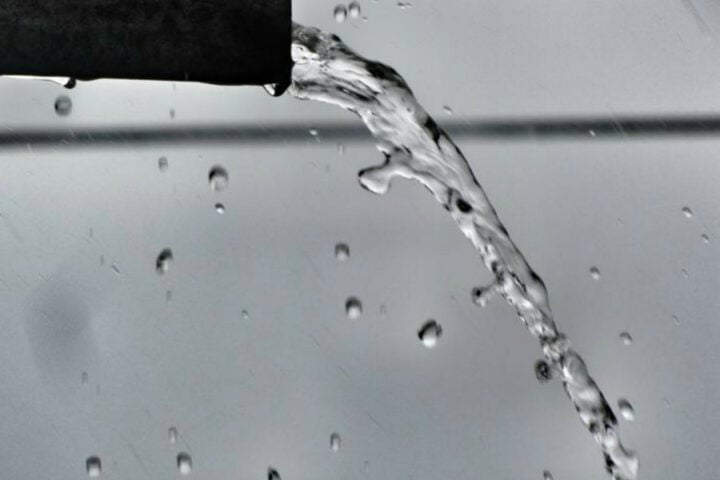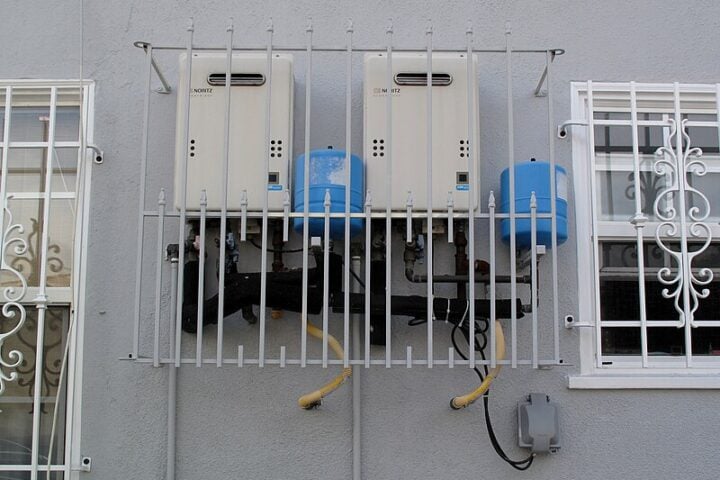California just hit a watershed moment in the electrification of transportation. As of March 20, 2025, the Golden State boasts 178,549 public and shared private electric vehicle (EV) chargers statewide – a whopping 48% more than the estimated 120,000 gasoline nozzles across the state.
“As the federal government works to make it harder for you to charge your electric car, California is doing the opposite,” Governor Gavin Newsom stated in the official announcement. “We now have nearly 50% more chargers than gas nozzles in the state, meaning you have more options than ever to charge your vehicle.”
This milestone arrives amid California’s push toward zero-emission transportation, backed by substantial investment and improved data tracking.
The Charging Network: By the Numbers
The charger tally includes 162,178 Level 2 chargers (90.8% of total) and 16,971 fast chargers (9.5%). Level 2 units deliver around 20-30 miles of range per hour using 240-volt power, while fast chargers can replenish batteries to 80% capacity in 20-60 minutes.
California Energy Commission (CEC) Chair David Hochschild emphasized the practical impact: “The California EV driver experience is getting better by the day. The state continues to invest in EV infrastructure, with particular emphasis in hard-to-reach areas, making these vehicles an easy choice for new car buyers.”
Beyond public installations, an estimated 700,000+ Level 2 chargers exist in single-family homes statewide, forming a crucial backbone of California’s charging ecosystem.
Data-Driven Deployment
The updated totals reflect enhanced data collection efforts. Of the 73,537 chargers added to California’s dataset in 2024, 37,983 were newly installed last year. The remaining 35,554 were previously installed but newly identified through improved tracking methods.
This methodical approach helps planners understand where chargers are most needed and monitor progress toward infrastructure goals.
Money Talks: Funding the Charging Revolution
California’s commitment extends beyond rhetoric. The state has approved a $1.4 billion investment plan to expand both EV charging and hydrogen refueling networks. Part of this initiative, the Fast Charge California Project, will direct $55 million toward installing fast-charging stations at businesses and public locations statewide.
Low-income Californians can access thousands of dollars in grants and rebates to support EV adoption, details of which are available through ClimateAction.ca.gov and ElectricForAll.org.
Similar Posts
Beyond Just Numbers: The Complete Picture
The raw charger count tells only part of the story. Several crucial factors influence the real-world impact of this milestone:
Charging vs. Refueling Dynamics: While EV chargers outnumber gas nozzles, the comparison isn’t one-to-one. A gas pump can serve dozens of vehicles hourly, while even fast chargers require 20+ minutes per vehicle. This reality underscores why having more charging points than gas nozzles represents a necessary infrastructure foundation.
Reliability Matters: Recognizing that charger quantity must be matched with quality, California is establishing reliability standards to ensure consistent functionality. A non-operational charger counts in statistics but frustrates drivers in practice.
Equitable Access: The state focuses on hard-to-reach communities, acknowledging that charging infrastructure must serve all Californians, not just affluent areas. This approach combines environmental goals with social equity concerns.
Grid Integration: Expanded charging networks create new electricity demand patterns. California agencies are planning for increased grid requirements and efficient electrification through local utilities.
Cutting Red Tape: To accelerate deployment, California is streamlining permitting processes. Attorney General Rob Bonta recently issued a legal alert reminding local governments of requirements to expedite EV charger permitting.
Hydrogen Alongside Electrons: While EVs dominate the zero-emission conversation, California’s strategy includes hydrogen refueling infrastructure development, particularly relevant for heavy-duty vehicles.
Market Response
California’s investment appears to align with consumer behavior. The state reports that one in four new vehicles purchased in California over the past two years has been zero-emission. Additionally, 30% of new zero-emission vehicles sold nationally find homes in California, according to the California Air Resources Board.
The Road Ahead
This milestone marks progress rather than completion. State agencies continue focusing on:
- Gathering improved charger count data
- Prioritizing shovel-ready projects
- Developing comprehensive zero-emission vehicle infrastructure strategies
- Establishing charger reliability standards
Private sector partnerships supplement government efforts, with companies installing new charging infrastructure regularly and planning significant expansion throughout California.

While the 48% lead over gas stations represents a turning point, California’s broader transportation strategy encompasses clean fuel production, public transit improvements, rail infrastructure enhancements, and grid modernization to power the transition.
The numbers are clear: California’s charging network now surpasses its gasoline infrastructure, marking a pivotal moment in transportation electrification. As chargers continue coming online daily, the state’s commitment to a clean transportation future takes increasingly tangible form.
Frequently Asked Questions
As of March 20, 2025, California has 178,549 public and shared private electric vehicle chargers statewide, which is approximately 48% more than the estimated 120,000 gasoline nozzles across the state. This includes 162,178 Level 2 chargers (90.8% of total) and 16,971 fast chargers (9.5%).
Level 2 chargers use 240-volt power and deliver approximately 20-30 miles of range per hour of charging. Fast chargers (sometimes called DC fast chargers or Level 3) can replenish EV batteries to 80% capacity in just 20-60 minutes, making them much quicker but also less common, representing only 9.5% of California’s charging infrastructure.
California has approved a $1.4 billion investment plan to expand both EV charging and hydrogen refueling networks. Part of this initiative includes the Fast Charge California Project, which will direct $55 million toward installing fast-charging stations at businesses and public locations statewide. Additionally, low-income Californians can access thousands of dollars in grants and rebates to support EV adoption through programs detailed at ClimateAction.ca.gov and ElectricForAll.org.
Not necessarily. While EV chargers now outnumber gas nozzles in California, the comparison isn’t one-to-one in terms of refueling capabilities. A gas pump can serve dozens of vehicles hourly, while even fast chargers require 20+ minutes per vehicle. This is why having more charging points than gas nozzles represents a necessary infrastructure foundation rather than a direct comparison of refueling convenience. Additionally, factors like charger reliability and distribution affect the real-world charging experience.
California is focusing on deploying charging infrastructure in hard-to-reach and underserved communities to ensure that all Californians have access to EV charging, not just those in affluent areas. This approach combines environmental goals with social equity concerns. The state also offers additional financial incentives for low-income residents to support EV adoption and is working to ensure that charging infrastructure is distributed throughout diverse communities across the state.
California agencies are actively planning for increased grid requirements that come with expanded charging networks. This includes working with local utilities on grid integration strategies, developing smart charging systems that can balance electricity demand, and investing in grid modernization to support the transition to electric transportation. The state is taking a comprehensive approach that considers not just the charging infrastructure but also the power supply needed to support it.
